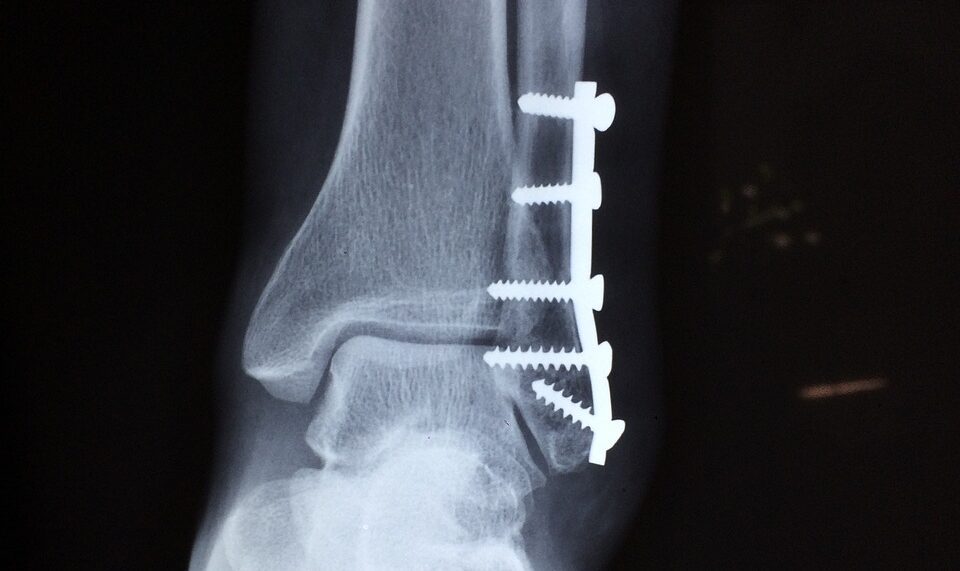I don’t remember exactly when it happened or when I noticed it. I thought to myself “Hmmpp, I haven’t had my annual trip to the ER, and cringe when I hear my family say as I break the news of another sprain. Shayne, really. AGAIN! What’s different?” But one day, I realized I hadn’t had any clumsy accidents. I hadn’t fallen down or twisted my ankle. I didn’t have a need to keep crutches in my closet anymore as a constant reminder that I had feet that didn’t work.
In high school, I sprained my ankle so badly twice that I ended up with a fiberglass cast, and doctors even considered breaking it to make it heal more quickly. Since childhood, I was always known as the clumsy one, Miss Scatterbrain, Miss Klutzy.
I remember racing a childhood friend down the street and with poor working memory forgot that Mrs. Pugh had added a retaining wall. Smack!. I’ve flown over my handlebars because I ran into a stop sign on 6th Street. In this particular instance, my sister, Shannon, ran to the house and told my mother, “Shayne is dead.” I was lying in the middle of the street with what seemed like one of those splat Looney Tune signs hanging over me. I had multiple incidents where I’d fall and bust my knee wide open. My mom would reluctantly let me out again and lecture me on end about how I needed to be “more careful”. I would return less than an hour later with a matching injury on my other knee. SMH is only an emoji now, but I sure did see it in person regularly.
I couldn’t understand what my problem was. I thought it was because I was pigeon-toed. Some kid on the playground told me I was knocked kneed. Yeah, that’s it. I’m pigeon-toed and knocked kneed. Little did I know that the reason I hadn’t had any more incidents, no more falls, no more accidents, was because I was taking medication for my ADHD. This realization prompted me to explore further: what in the world does ADHD have to do with balance and motor skills?
This journey felt like diving into a rabbit hole, much like Alice in Wonderland, to learn more about a condition I was underdiagnosed with until I was 38 years old.
My mother always said, “Shayne, if your head wasn’t on your shoulders, you wouldn’t know where it was.” It was her way of reminding me that I was a scatterbrain, that I was a klutz, that I was clumsy. Little did she know she was dealing with a daughter who had ADHD.
From my reading, I learned about the relationship between postural sway and ADHD.
Postural sway is the subconscious maintenance of posture through movements around our center of gravity. Basically, as human beings, we all have postural sway. It’s our body’s ability to regulate our balance, especially while we’re standing. People with ADHD, however, have challenges with this. This is why they’re often labeled clumsy and fidgety. The ability to subconsciously process these movements is slower in an ADHD brain.
Basically, My brain didn’t have a chance to catch up with my movements before I executed them. This is why I would fall down, especially when running up the steps. This is why I had difficulty catching objects as a child. This is why, when I was on the cross-country team in high school, I twisted my ankle multiple times running on the sidewalks around our school building at Coolidge. Well, have you seen the sidewalks in DC? I digress…I have ADHD! No one else was having the same accidents on the track team as me. Their brains were able to see and process the cracks more quickly and remember where they were for the next practice. My teammates would say…Shayne, remember the sidewalk is messed up on Sheridan Street when we run up the hill I would give a thumbs, and well…you know the rest.
The next vivid incident I can remember is in 2004. After going through a traumatic event, I wanted to visit another country and decided to go to the Dominican Republic by myself. I met some great people, but on the first night I was there, no more than four or five hours after arriving, I walked off the resort to go to the disco for the night. My body was moving faster than my brain, and I stepped down on an uneven sidewalk and sprained my ankle again—for the third formal time, though there had been many informal ones that did not require medical attention. My ankle looked like I grew a grapefruit out of the side of it. The resort doctor visited and said I had to elevate and ice and stay in. I had not flown this many miles to let what I was used to stop me from having a good time. And just like in true ADHD style, I put an ankle wrap on it, put on sandals, and proceeded to walk back out to the disco and dance on a sprained ankle.
I never knew ADHD had such reach and depth. I was known in and after high school as the girl who was forever breaking her ankle. I never broke my ankle! I did break my leg, but that’s another story. The smallest things we take for granted are challenges for people with ADHD. This, coupled with other symptoms that were ignored in childhood and swept under the rug as, “just the way Shayne is”, led to my ADHD going undiagnosed until the age of 38. Now I know strategies to get my cerebellum to have a more productive conversation with my brain despite ADHD.
At SwiftLyfe, we understand the unique challenges of living with ADHD. Our mission is to help you devise a plan to not only live but thrive. By recognizing and addressing the multifaceted impact of ADHD, we provide strategies and support tailored to your needs, empowering you to achieve your fullest potential.


